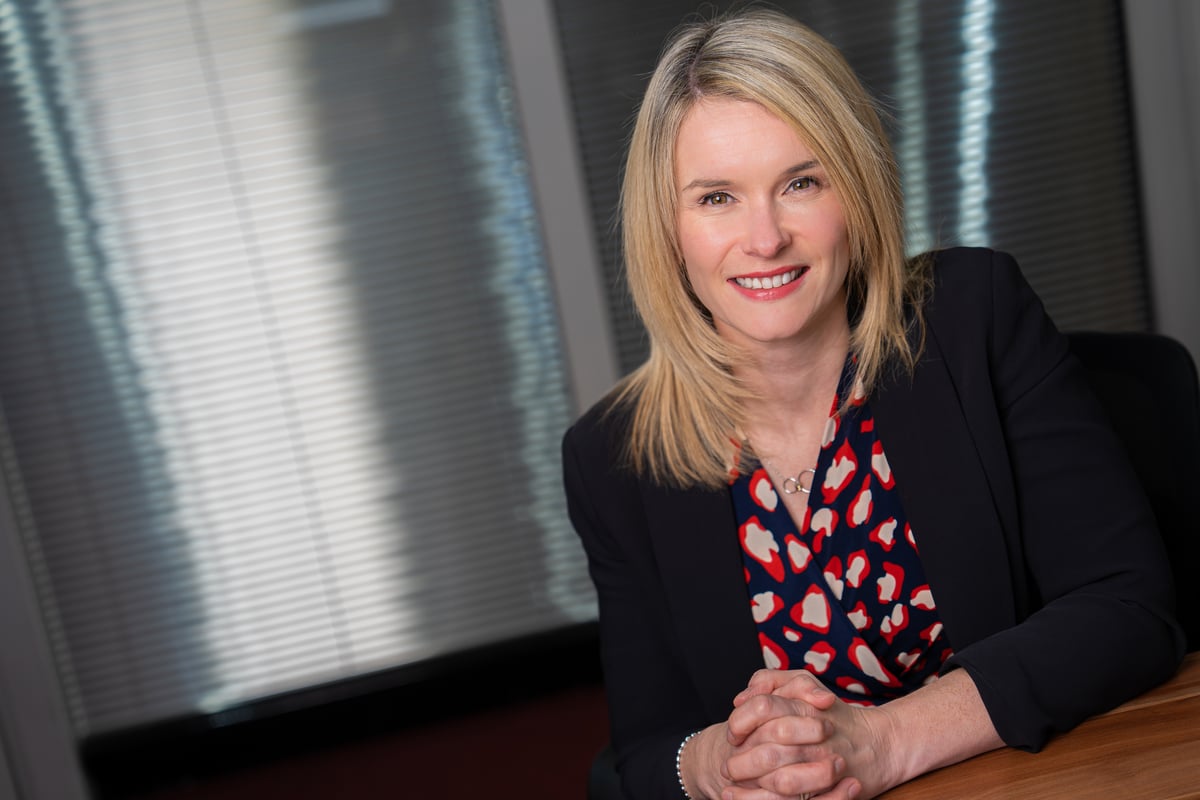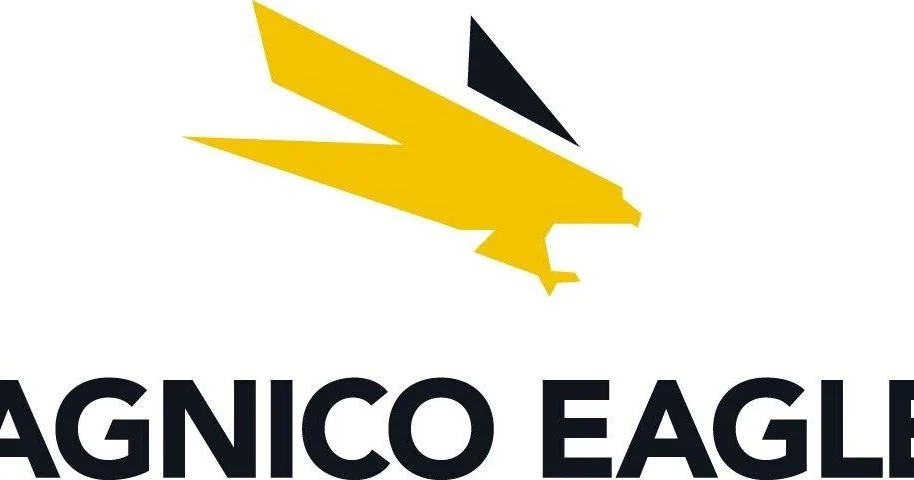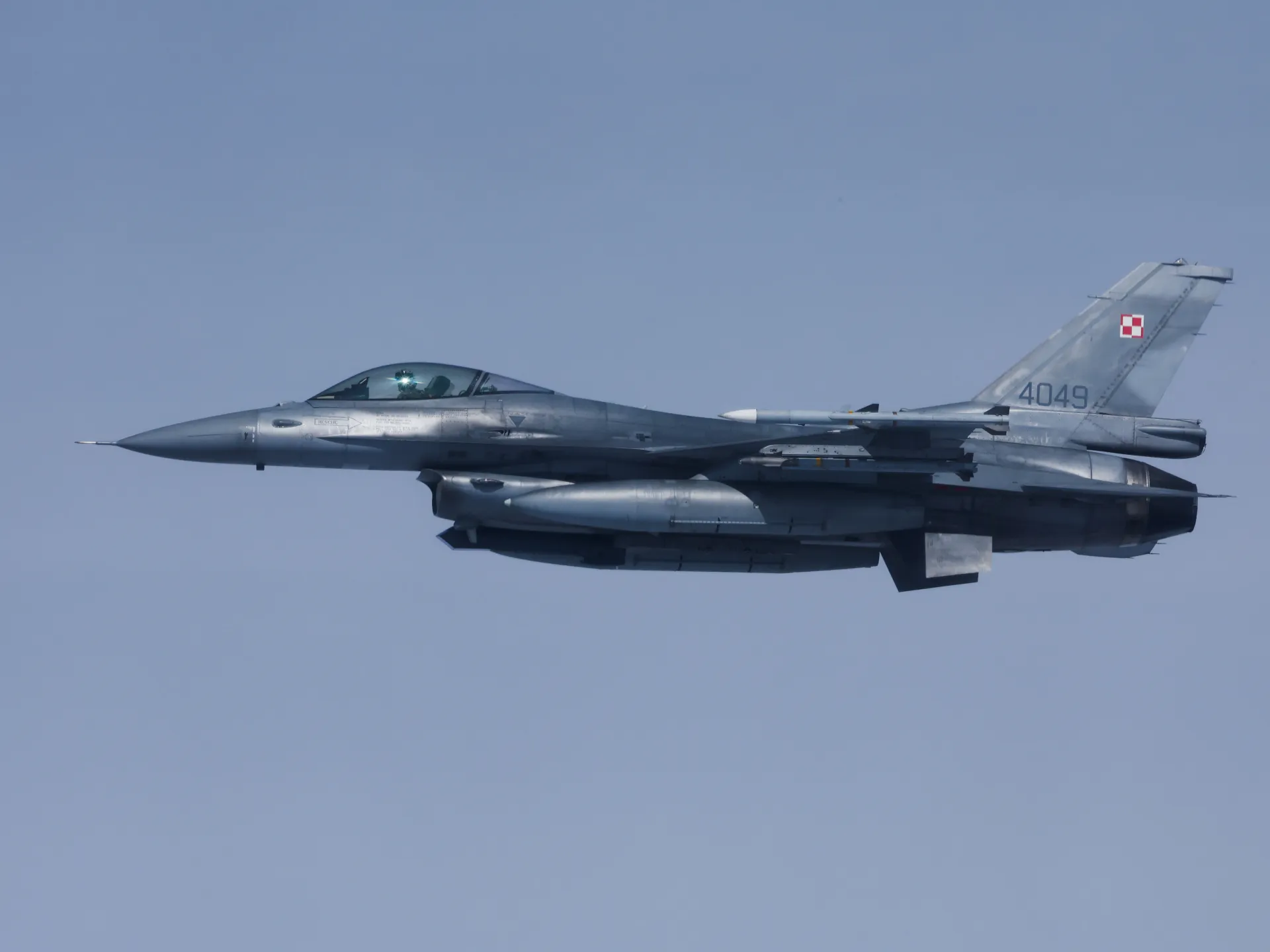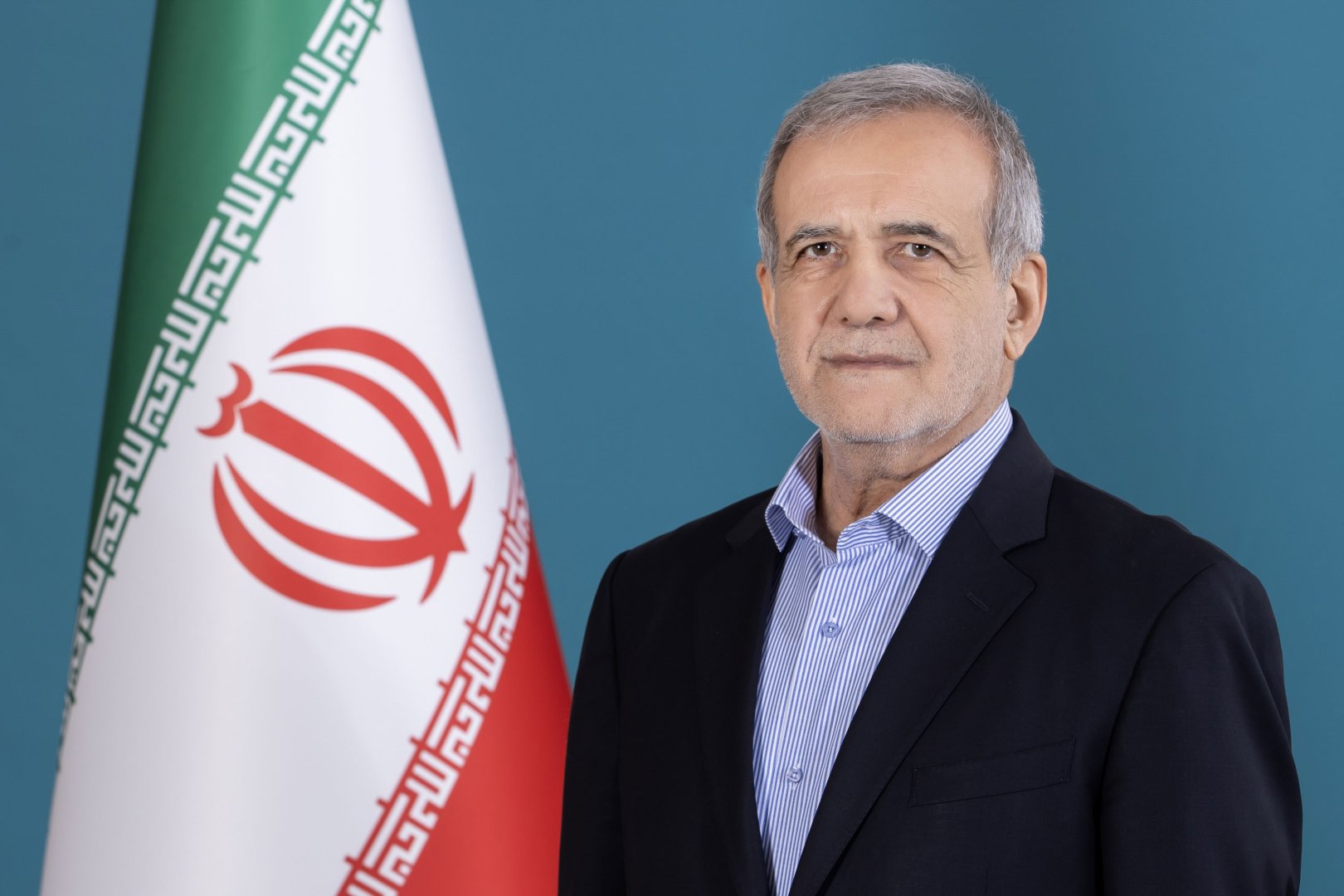By Viki Ntafillis
Copyright abc
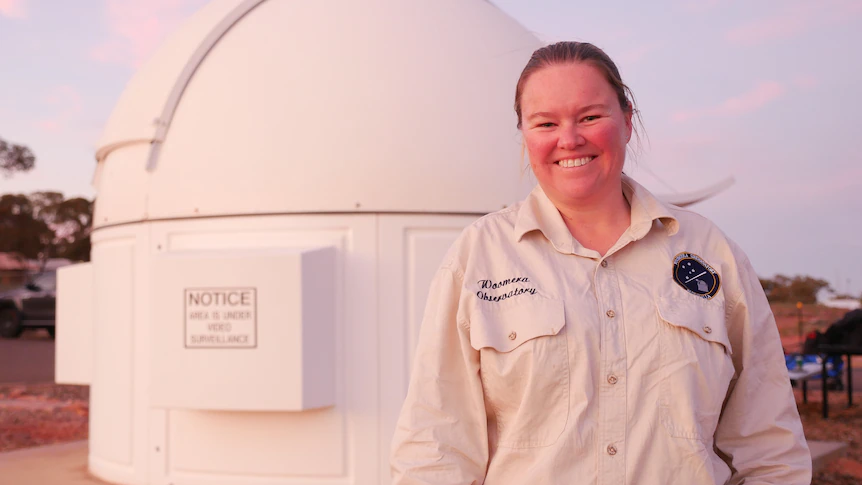
When Rebecca Tayler and Richard Wilkin were handed the keys to the Woomera Baker Observatory in 2015, their first question was: “What do we do?”
The observatory, established by the Department of Defence in 2006, was originally run by a group of local volunteers.
Being a defence town, many of the volunteers were scientists.
A year before receiving the observatory’s keys, Ms Tayler and Mr Wilkin had moved to the outback region to work as surveyors at Olympic Dam, about 87 kilometres from Woomera.
“It’s a very itinerant town. People come in for a couple of years and leave,” Mr Wilkin said.
When the couple found out one of their colleagues volunteered at the observatory, they wanted to learn more.
But a month later, when their colleague decided to move interstate, he handed the reins to Mr Wilkin and Ms Tayler “to do what we wanted with it”.
“We thought, ‘This is an awesome piece of equipment,'” Ms Tayler said.
“[So] we went, ‘Well, let’s advertise this’.
Learning one star at a time
Ms Tayler and Mr Wilkin have now been running the Woomera Observatory as volunteers for 10 years.
Although Ms Tayler said they had some knowledge of star observation through their education as surveyors, they picked up most of their expertise along the way.
She said they had formed strong relationships with the South Australian Astronomical Society and university experts — and Googling often helped too.
“To this day, people come along and ask you a question [and I say], ‘I don’t actually know the answer to that,'” she said.
“[I] go home, Google it [and] remember it for next week.”
Mr Wilkin said one cool feature of the observatory was actually found outside the building.
While there are not too many challenges to running an observatory, lack of sleep is one disadvantage.
“In the school holidays, we have lots of large tour groups go through with our school groups,” Mr Wilkin said.
“We hate saying no … so we’ll open up two or three times on our days off and then … we work 12 to 14-hour days on our days on.
“Sometimes … we come down here at night, open up for several hours and have to drive the hour back to Roxby [Downs].”
Mr Wilkin said other than accepting donations for the site’s maintenance, the observatory was open to the public for free.
“We’ve never taken a cent for it. We love it,” he said.
Tacos, tequilas and telescopes
About an hour north, there happens to be another stargazing set-up.
Conan Fahey and Leila Day run an observatory in opal mining town Andamooka.
Before COVID, the couple — who were yet to establish their observatory — struck up a friendship with Ms Tayler and Mr Wilkin when they would visit the Andamooka pub, where the four of them would “chat about nerdy things like telescopes”.
But once COVID hit, the local pub closed and, when restrictions lifted, locals and tourists were looking for something to do.
During “tequila, taco and telescope nights” with other astronomy enthusiasts, the idea occurred to Mr Fahey and Ms Day to establish the Andamooka Observatory.
Mr Fahey said the neighbouring observatories collaborated by sharing knowledge and referring tourists to each other’s sites.
Ms Day said the connection offered tourists “two completely different experiences of the night sky”.
“When we go to Woomera, there’s that beautiful dome there and a really deep space telescope.
“Then [tourists] come to Andamooka and sit out under the stars and look through our 12-inch Dobsonian … immersed in the night sky without having the dome encapsulation.”
From schools to space stations
Ms Tayler said the observatories aimed to make the region a stargazer’s bucket-list destination, “especially [for] the younger generation”.
For this reason, Mr Wilkin said it was always exciting when they received school groups, particularly from remote towns.
“[Many] have never seen the sky through a telescope before,” he said.
“And it’s the best time ever in Australia for these young kids to be interested in astronomy and space because for the first time ever, we’ve got the Australian Space Agency — we’ve never had that before.
“So these kids today could potentially be astronauts in 20 years.”
